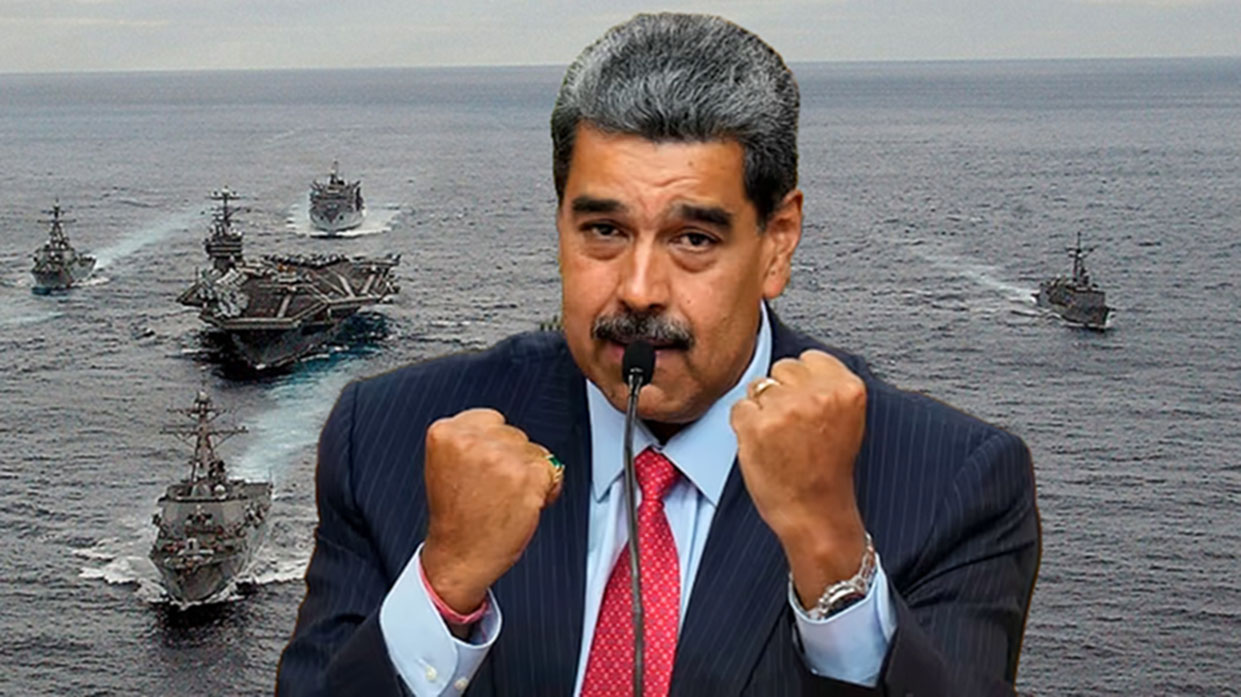Anchorage, Alaska — August 15, 2025
“I’ll do whatever I can to stop the killing,” President Donald J. Trump told ABC’s This Week on Sunday, just days before his highly anticipated face-to-face with Russian President Vladimir Putin. “That’s what I do. I negotiate.”
The meeting, set against the rugged backdrop of Alaska, is billed by Trump as a breakthrough moment in ending the war in Ukraine. But in Kyiv, Brussels, and even parts of Washington, the optimism is cautious — if not outright suspicious.
Alaska’s Symbolism Runs Deep
Alaska was once Russian territory, sold to the United States in 1867 for $7.2 million. Hosting the summit here offers a layered narrative: geographical proximity to Russia, historical ties, and the calculated absence of International Criminal Court jurisdiction, which allows Putin to travel without the threat of arrest.
As The Times noted, the setting is as symbolic as it is strategic: a reminder that borders can shift with diplomacy — or with force.
The Four Narratives Shaping the Talks
1. Trump — The Deal-Maker
Trump’s message is straightforward: “I’ll do whatever I can to stop the killing.” In an Economic Times interview, he hinted at “swapping of territories to the betterment of both” — a statement that has fueled speculation and concern among U.S. allies.
2. Putin — The Strategist
From Moscow’s vantage point, the very invitation is a victory. The Washington Post reports that Russian analysts see a ceasefire not as peace, but as a pause to consolidate control.
3. Ukraine — The Unyielding Sovereign
President Volodymyr Zelensky has drawn a hard line: “We will not trade land for promises.” This echoes Ukraine’s constitutional prohibition on ceding territory — a point made repeatedly in previous coverage on 3 Narratives.
4. Europe — The Wary Wardens
European leaders have warned against any deal struck without Ukraine at the table. As we explored in our analysis of NATO’s shifting role, sidelining allies risks fracturing Western unity.
Stakes for All Sides
| Actor | What’s at Stake |
|---|---|
| Trump | Cementing his image as a peacemaker and power broker. |
| Putin | International legitimacy and territorial consolidation. |
| Ukraine | Preservation of sovereignty and constitutional order. |
| Europe/Allies | Maintaining NATO cohesion and preventing unilateral concessions. |
The Bigger Picture
If the Alaska summit produces a ceasefire, it will be hailed by some as the first step toward peace. If it results in territorial concessions without Ukraine’s consent, it may instead be remembered as a high-profile misstep — one we warned about in our earlier piece on power and diplomacy.
In diplomacy, the line between peace and illusion is thin. By Saturday morning, the world will know on which side of that line this meeting falls.
Sources:
- Washington Post — Russians cheer Putin’s Alaska invitation
- Economic Times — Putin-Trump Summit: What We Know So Far
- The Times — Why Alaska Was Chosen for the Putin-Trump Meeting
Further Reading:
- Will Canada Surrender or Stand Firm?
- Global Reset: The Trumpian World Order Post-2024
- The Curious Few: 10 Influencers Making the World a Better Place
- U.S. Narrative: Trump says, “I’ll do whatever I can to stop the killing,” framing himself as a deal-maker ready to negotiate an end to the war.
- Russian Narrative: Kremlin media present the summit as a diplomatic win, with no plans to retreat from occupied Ukrainian territory.
- Ukrainian Narrative: Zelensky warns, “We will not trade land for promises,” rejecting any settlement that cedes territory without constitutional approval.


